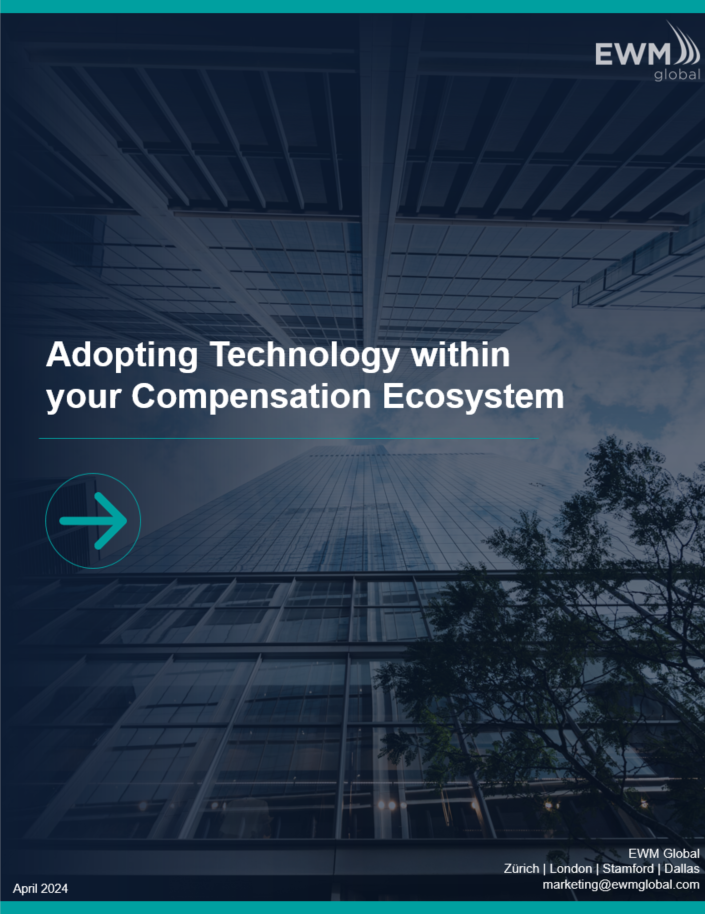That revolutionary phrase was coined by McCann Erickson for their client L’Oréal in 1973. Fast forward to the years since the Financial Crisis of 2008 and “Financial Wellness” is the buzz phrase for the corporate world’s answer to one of the most diverse employee pools in modern times – the Baby Boomers, Gens X, Y, the Millennials, and now Gen Z – with all their competing and overlapping needs.
Financial Wellness can incorporate a wide range of meanings, however the objective for companies to strategically address it is relatively uniform across the board – how do employers recruit, retain, reward and retire a diverse talent pool, some who are starting their careers, others who are figuring out their mid-career goals, and finally those who are getting ready to begin their post-career life 2.0?
There are countless articles and studies dedicated to the “Financial Wellness” space, not to mention the millions (billions?) of dollars invested in corresponding solutions and programs. And it’s not for nothing – according to PwC’s 8th annual Employee Financial Wellness Survey 2019 results, 59% of full-time employed US adults surveyed reported financial matters as a significant source of stress in their lives. Employers have taken note – that stress permeates the workplace – distracting employees, decreasing productivity, and increasing stress-induced health issues which puts an additional strain on financial resources for both sides. A 2015 Warwick University study correlating happiness and productivity found that individuals who are happy have approximately 12% greater productivity than those who are not.
It is no longer feasible to expect employees to be satisfied with a discussion about their salary and bonus alone. The good news is that there is no dearth of programs and strategies available to employers willing to invest in the overall financial well-being of their workforce – arguably their most valuable asset.
The real question is – does that workforce even know that these resources exist – and correspondingly do they have a true appreciation for the value of these benefits and the financial security and wealth they are building as a result of who they work for?
Whether it’s a tax-deferred retirement program, an equity plan that appreciates with the increase of enterprise value, or a tax-advantaged health savings account, or perhaps a housing or automobile allowance, the ability for employees to have an always available, consolidated view of their Total Rewards can become an employer’s most powerful tool in communicating the investment they are making in their workforce.
An expert from a prominent international compensation consultancy recently told us that one of the top challenges his financial services clients are facing, is how to clearly demonstrate the overall compensation and benefits that they award employees. Our experience is that most of these firms have a veritable army of providers managing various compensation and benefit plans. However, each year their lean HR team attempts to pull in all the data to build PDF statements for the annual reviews, and it becomes a gargantuan task, rife with risk of errors, and requires going back to compile information from previous years, if at all.
There is an alternative – a platform that digitally transforms the compensation and benefits experience for both employers and employees, pulling in data from any number of external accounts, that also archives information year over year, allowing employees a clear and transparent view of their financial trajectory as they build a career with their employer. This portal is available anywhere and anytime employees need the information – at home, in the office and on their mobile devices.
EWM Global strives to continually enhance our Total Rewards Portal to clearly demonstrate to our clients’ employees, that they are definitely “worth it!”
We’d love to show you how, please contact us at marketing@ewmglobal.com
1. https://www.lorealparisusa.com/about-loreal-paris/because-youre-worth-it.aspx
2. https://www.pwc.com/us/en/industries/private-company-services/library/financial-well-being-retirement-survey.html
3. https://warwick.ac.uk/fac/soc/economics/staff/dsgroi/impact/hp_briefing.pdf







